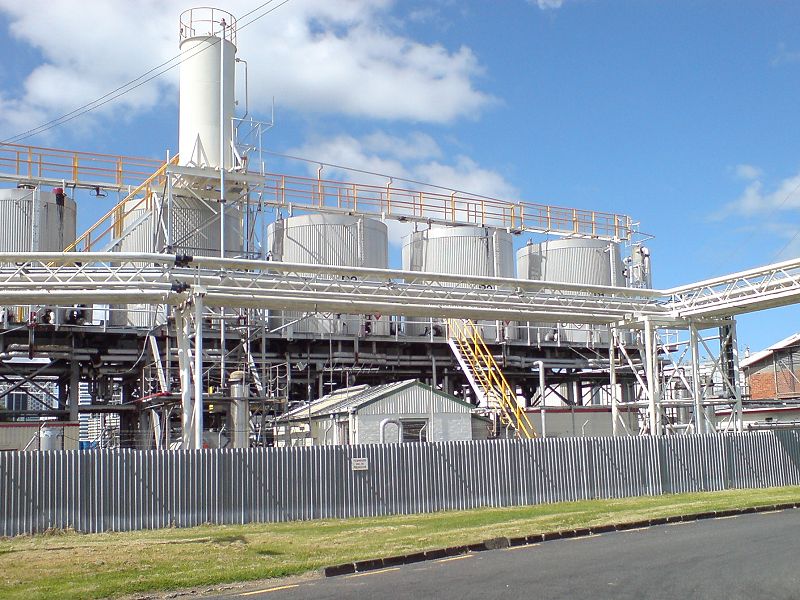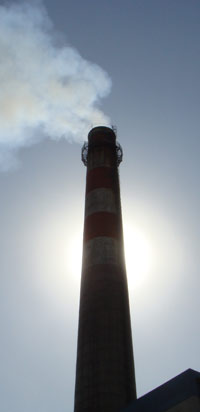
 Flame retardants and other chemicals banned years ago were found in 80 percent of infants and children's products tested, according to a study published in the journal Environmental Science & Technology.
Flame retardants and other chemicals banned years ago were found in 80 percent of infants and children's products tested, according to a study published in the journal Environmental Science & Technology.
They were banned because they were found to be carcinogenic, disrupt the endocrine system, or accumulate in the body. Industry groups claim the products conform to consumer safety laws.
People skimming coverage of this research could easily get the impression that this was a shocking new finding of toxic chemicals in baby products. Actually, as the study author and other researchers pointed out, they expected to find PBDEs and other chemicals in many of these products. Also, while there seems to be a lot of evidence to suggest that these chemicals could be harmful to humans, it’s far from settled scientifically. After reporting this story, I wouldn’t want to spoon them over my cereal, but that’s a long way from saying they are — without a doubt — harmful to human health.
Big picture: How regulation actually works is the issue that underpins nearly all chemical/health stories. "This is the problem we always have when we find a compound is toxic and we ban it,” said Lucio Costa, a neurotoxicology researcher at the University of Washington, Seattle. “In most cases we know less about the new compound than we know about the old ones."
I’d like to see … some serious discussion of how we regulate chemicals and how and when we fund research into the health impacts of new substances.
Read more about this topic
Flame retardants that were supposed to be taken off the market years ago were just found in new children's products sold in the United States — these include a flame retardant banned in Europe and voluntarily discontinued by U.S. manufacturers in 2004 and an older compound taken off the market in the 1970s. Both compounds have well-documented potential health hazards. One of these, penta-BDE, is listed by the Stockholm Convention on Persistent Organic Pollutants, which means that it's recognized worldwide as a chemical with serious adverse environmental and health impacts.
Key point: Chemicals are regulated one by one. Manufacturers can slightly alter a chemical formulation, register it as a new product, and launch it into commercial production — even if it closely resembles another chemical that's already been shown to be hazardous.
I'll be watching … to see how U.S. regulatory agencies, legislators, and retailers respond. I’ll be curious to see if there will be any follow-up investigation or enforcement to see which manufacturing companies are responsible for producing, selling, and using restricted substances.
Read more about this topic
- The Toxins in Baby Products (and Almost Everywhere Else) [By Elizabeth Grossman, The Atlantic]
- Chemical Flame Retardants Lace Baby Products, New Study Finds [By Marla Cone, Environmental Health News, Scientific American]
- Toxics in the ‘Clean Rooms’: Are Samsung Workers at Risk? [By Elizabeth Grossman, Yale e360]
- Identification of Flame Retardants in Polyurethane Foam Collected from Baby Products [By Heather M. Stapleton, et al., Environmental Science & Technology]
Bisphenol A and flame retardants get a lot of news coverage, but that focus misses the larger picture of widespread chemical use and regulation. Michael Wilson, a green chemistry expert at the Berkeley School of Public Health, told me that 74 billion pounds of industrial chemicals are made or imported to the United States every day — and that’s not counting pharmaceuticals, pesticides, or fuel. “Seventy-four billion pounds, and we don’t have a way of cataloging and tracking and prioritizing those on the basis of their public health implications,” he said.
Is anyone watching? The Centers for Disease Control (CDC) has an ongoing biomonitoring program that samples bodily fluids in thousands of Americans, tracking 212 different chemicals that are widespread enough or persistent enough to linger in our bodies.
I was surprised to learn: Some chemicals, such as PFOA, used in nonstick cookware, are metabolized so slowly that repeated small amounts build up in the body. Bisphenol A, on the other hand, is rapidly eliminated by the human body, yet it was still found in more than 90 percent of people sampled. That means we’re taking it in as fast as we’re metabolizing it.
Read more about this topic
| Tweet This Page |












